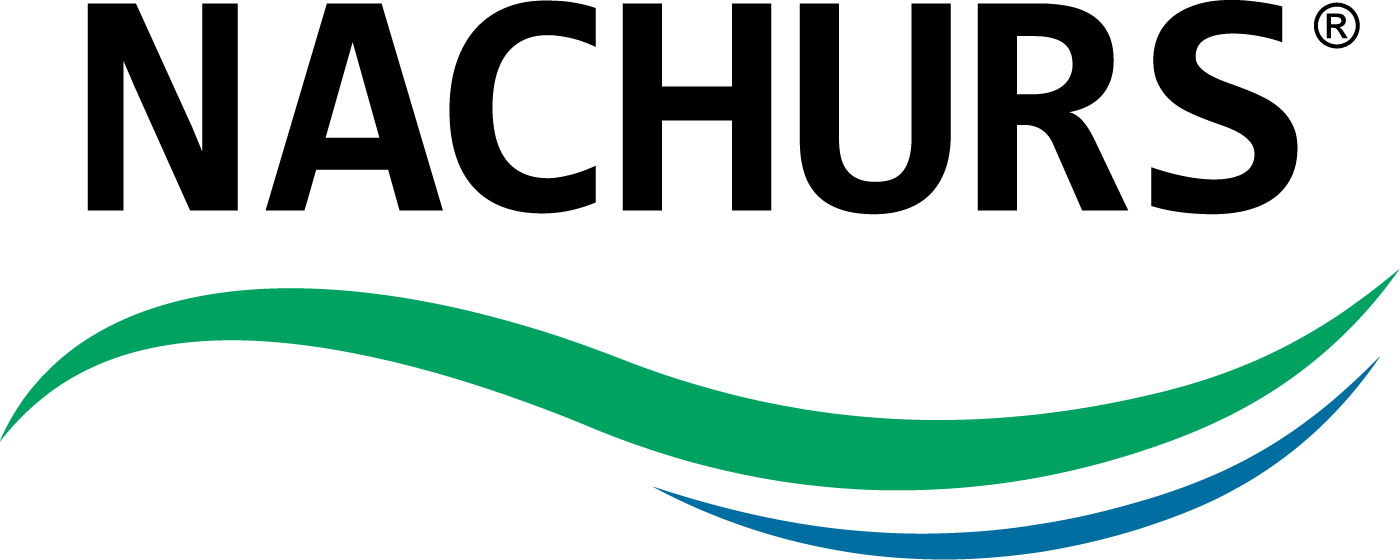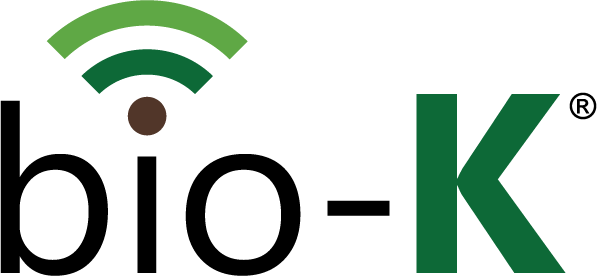What is SOIL HEALTH?

Without question, if nothing else, all of us in Agriculture have two things in common: we all grow something and we’re all striving for the best return on our investment!
One of my first questions I put to new customers is what are your objectives with your crop this season and what do you see as your obstacles between the crop and your goal? Well as you might imagine the answers are varied and specific to geography and the crop that is being grown. One answer that I wait for but rarely hear is “a healthy soil”.
The reason I look for that is because of the influence a “healthy soil” has on production and the efficiency of nearly all of our inputs. Let me explain but first let’s define what “soil health” is or at least what years of being in the field has taught me what it means.
Soil health is influenced by many things such as: soil structure, soil organic matter, soil pH, nutrient supply and balance, exchange properties, applied chemistry and biological health. It’s a synergistic existence between all of these production influences and our Agronomic practices. If we manage each well then we guard ourselves from limiting factors and we have created and opportunity for maximum production.
Take for instance soil structure! Soil structure has a tremendous influence on nutrient retention and exchange, soil porosity and the exchange of oxygen in the root zone, the fixation and conversion of nitrogen and nutrient migration to name a few.
Soil organic matter has great ability to hold nutrient, act as a soil buffer a great source of carbon and a nurturing environment for soil biology.
Soil pH is the gatekeeper where resident nutrient solubility is concerned and one of the first places we work on when creating a soil environment focused on efficient nutrient exchange.
Nutrient supply and balance is important not only so we can meet the nutrient requirement of the crop but more so to promote efficient exchange of the soil resident nutrients. Over presence of one nutrient can act as an antagonist or interfere with the effective uptake of another.
Applied pesticides or sterilants can impact soil health! Over use or misuse can lead to unwanted metabolite residues and destruction of soil biology.
Biological health, what many don’t realize, is that this is the gatekeeper or at least has great influence on all of the above. Truly, in crop production we have ignored probably the most important part of a heathy soil in years past. We have taken steps to reduce tillage and use cover crops and we apply far less soil applied chemistry today and this has helped greatly but we are finally paying attention to all of the unpaid workers in our operation: the soil biology.
Different species of biology reside in our soil and play very important roles in water and nutrient acquisition and assimilation, the health of the rhizosphere, influence on plant growth and plant health. Biology can even help a plant manage stress and tolerate the negative impact of pests and disease. This knowledge isn’t necessarily new but how we support soil biological health is.
NACHURS is a leader in this race, bringing valued biological products into the market. Products that add efficiency and in the end a healthier soil, a stronger crop and a better return on your overall investment. Our Rhyzo-Link line of products focus on those objectives and provide a variety of ways to introduce specialized biology into your treatment program.
Rhyzo-Link is a highly specialized package consisting of our high quality core nutrients which are then fortified with our Bio-K Technology and packaged with a highly specialized biological consortium . This product is BUILT with PURPOSE !
This HIGHLY SPECIALIZED CONSORTIM, as I call it, is an All Start Team of pure cultured, highly populated rhizobacteria tested and handpicked for their ability each individually and for the added value of their synergistic ability they bring into crop production.
This consortium can help crops acquire nutrients from the soil, even some nutrients that have been fixed for years. This consortium can help crops build bigger and healthier root systems which will in turn allow for a more effective acquisition and use of water and soil resident nutrient. This consortium can also trigger systemic responses in the plant that will impact stress mitigation and resist damage from disease and insects feeding. This consortium will support plant health and ultimately result in maximizing production opportunity and the efficient use of dollars spent.
Of all the big things that we work so hard on and do where crop production is concerned, it may all come down to a little more focus on the small things: the microbiology that brings it all together. Rhyzo-Link products, linking technology into the layers of crop production.
For more information on our NACHURS Rhyzo-Link products contact your nearest District Sales Manager, Sales Agronomist or visit our website at www.nachurs.com.












